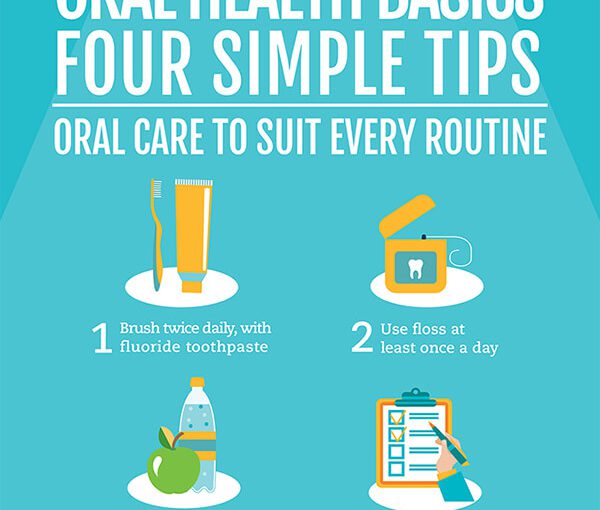Introduction
As the holy month of Ramadan approaches, Muslims around the world prepare for a period of fasting, prayer, and reflection. For many, this time also presents a challenge when it comes to maintaining their fitness and health goals. However, with the right strategies in place, it’s possible to sustain strength and vitality throughout Ramadan. In this article, we’ll explore some effective fitness strategies tailored specifically for the fasting period.
Understanding the Challenge
Fasting during Ramadan means abstaining from food and drink from dawn until sunset. This prolonged period without nourishment can lead to fluctuations in energy levels, dehydration, and potential loss of muscle mass if not managed properly. Understanding the unique challenges of fasting is crucial for developing a fitness plan that supports overall well-being during this time.
Timing Is Key: Suhoor and Iftar
One of the most important aspects of maintaining fitness during Ramadan is proper timing of meals. Suhoor, the pre-dawn meal, provides an opportunity to fuel up for the day ahead. Opt for complex carbohydrates, lean proteins, and healthy fats to sustain energy levels throughout the fasting hours. Hydration is also essential during Suhoor to prevent dehydration during the day.
Iftar, the meal to break the fast at sunset, is an opportunity to replenish energy stores and provide nutrients to support muscle recovery. Focus on hydrating foods such as water-rich fruits and vegetables, along with lean proteins and whole grains to refuel the body after a day of fasting. Avoid overeating or consuming excessive sugary or fatty foods, which can lead to feelings of sluggishness and fatigue.
Mindful Movement: Exercise During Fasting Hours
While intense exercise may be challenging during fasting hours, it’s still possible to stay active with mindful movement. Light to moderate exercise such as walking, yoga, or gentle stretching can help maintain flexibility, promote circulation, and alleviate muscle tension. Aim to incorporate these activities during non-fasting hours to maximize the benefits without overexerting yourself.
Adapting Your Workout Routine
During Ramadan, it may be necessary to adjust your regular workout routine to accommodate fasting. Consider shifting your workouts to the early morning or evening hours when energy levels are typically higher. Focus on shorter, more intense workouts that prioritize compound movements and functional exercises to make the most of your time in the gym. Listen to your body and be willing to scale back or modify your workouts as needed to prevent overexertion.
Hydration and Recovery
Proper hydration is essential during Ramadan to prevent dehydration and support overall health and well-being. In addition to drinking plenty of water during non-fasting hours, consider incorporating hydrating foods such as watermelon, cucumbers, and coconut water into your meals. Adequate rest and recovery are also crucial for sustaining strength and optimizing performance during Ramadan. Aim for at least 7-8 hours of sleep per night and prioritize relaxation techniques such as meditation or deep breathing to promote recovery and reduce stress.
Conclusion
By implementing these fitness strategies tailored for Ramadan, you can sustain strength, vitality, and overall well-being throughout the fasting period. Remember to listen to your body, prioritize hydration and nourishment, and adjust your workouts as needed to support your health and fitness goals. With mindfulness and intention, Ramadan can be a time of spiritual growth and physical renewal. Read more about ramadan fitness tips





